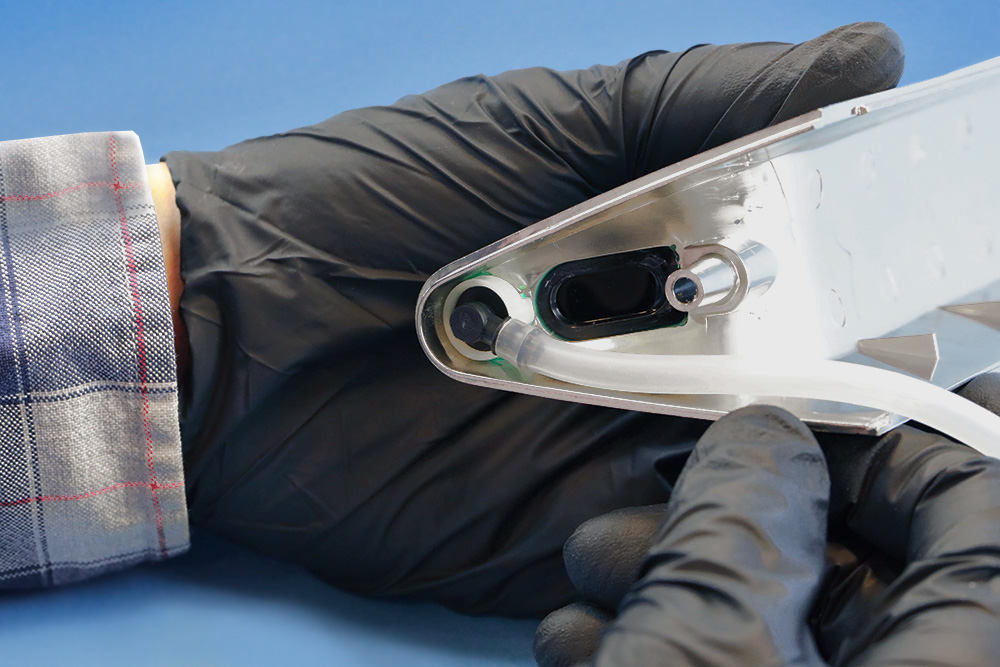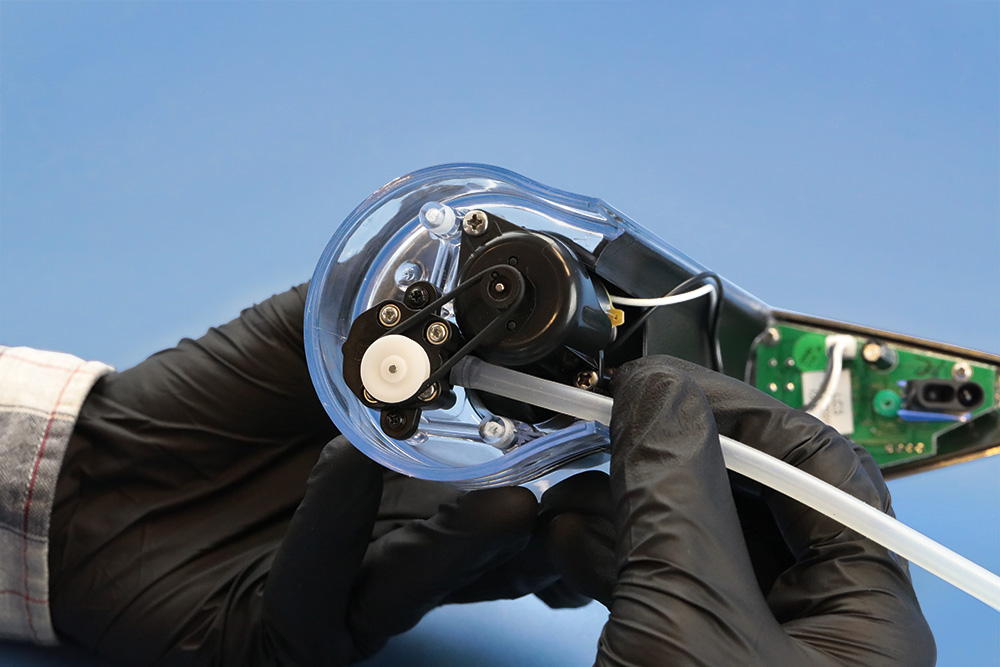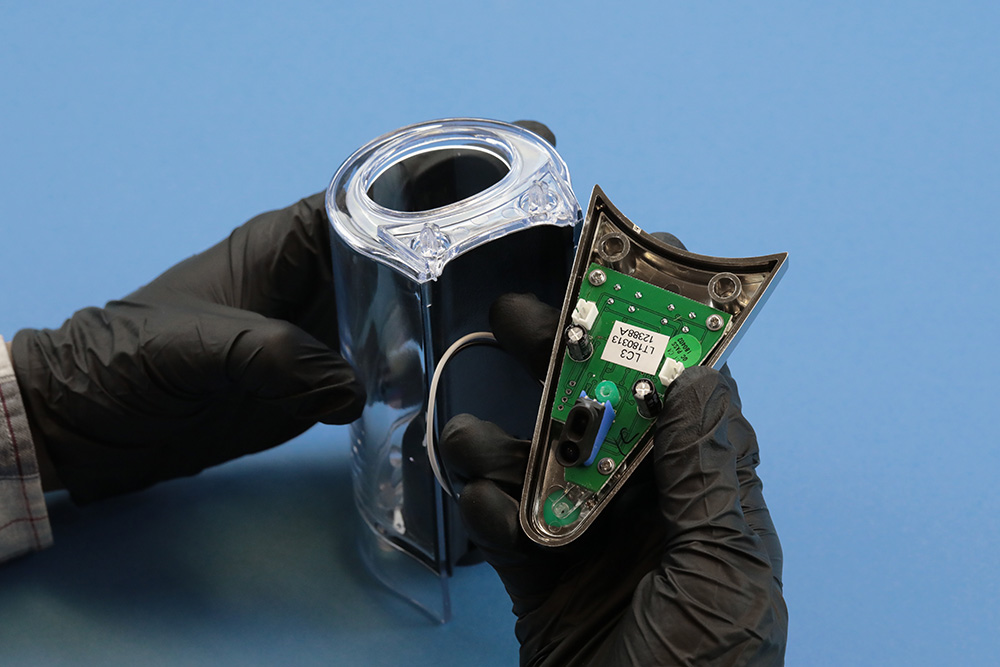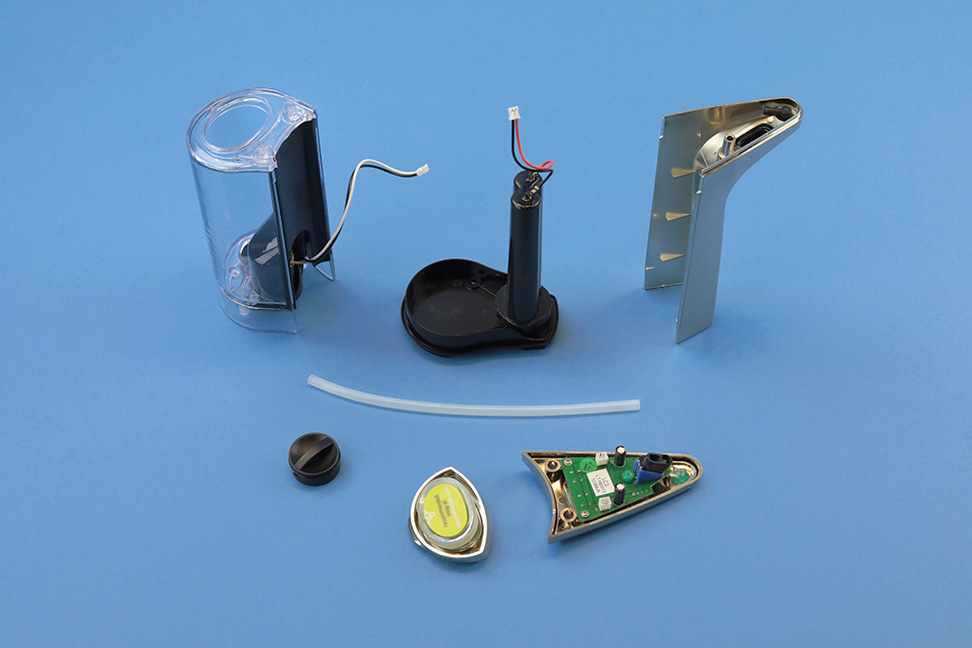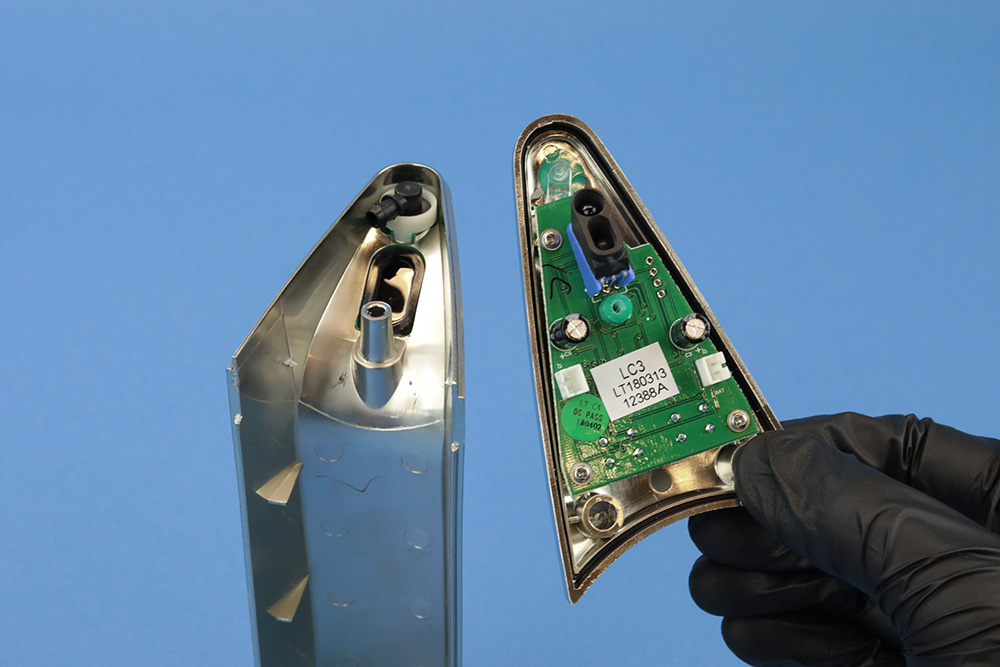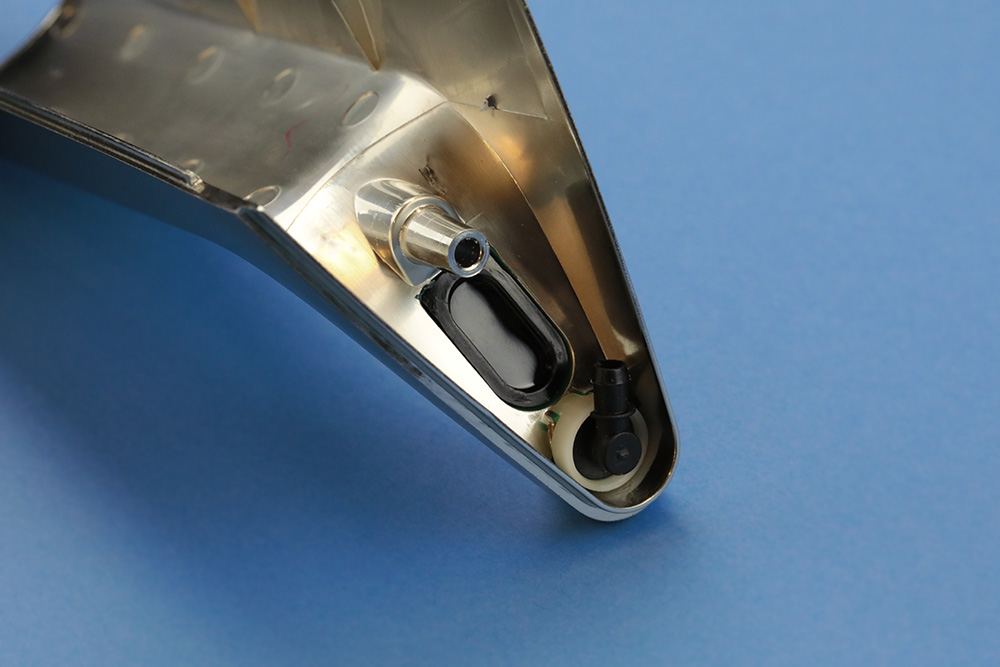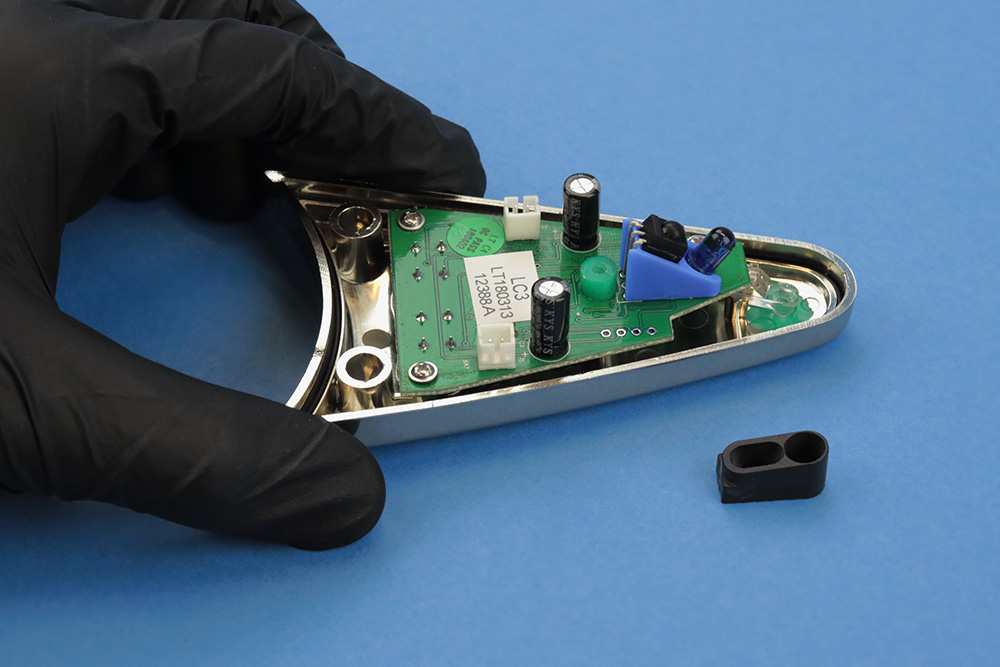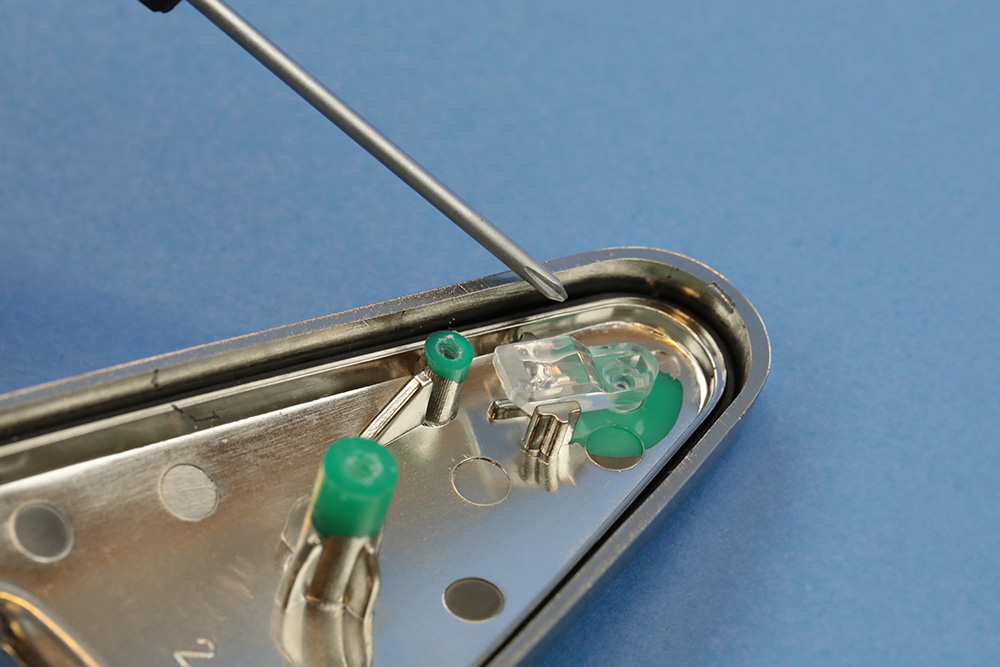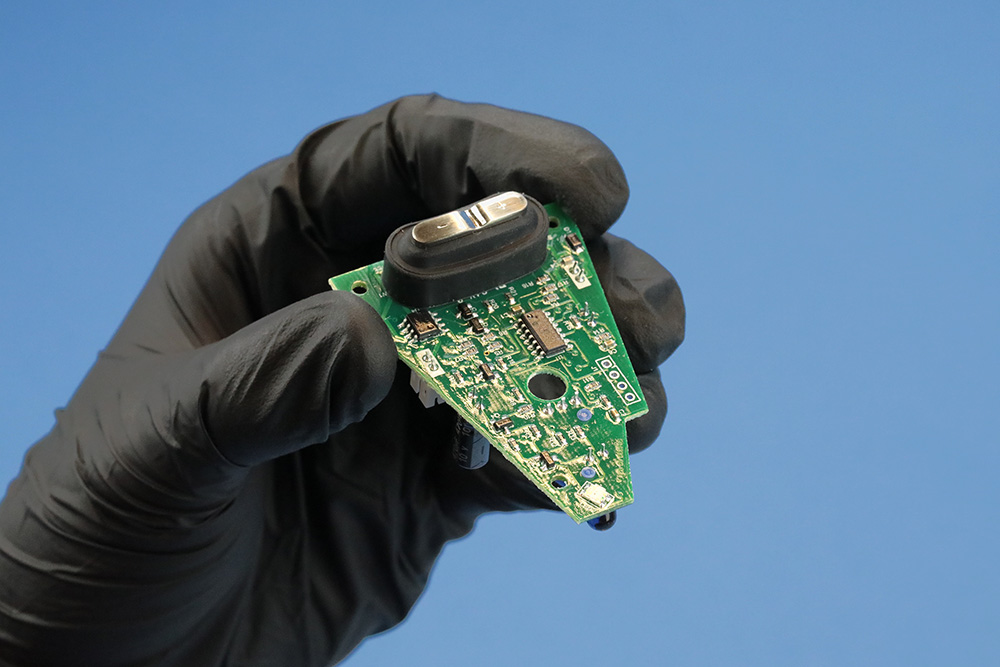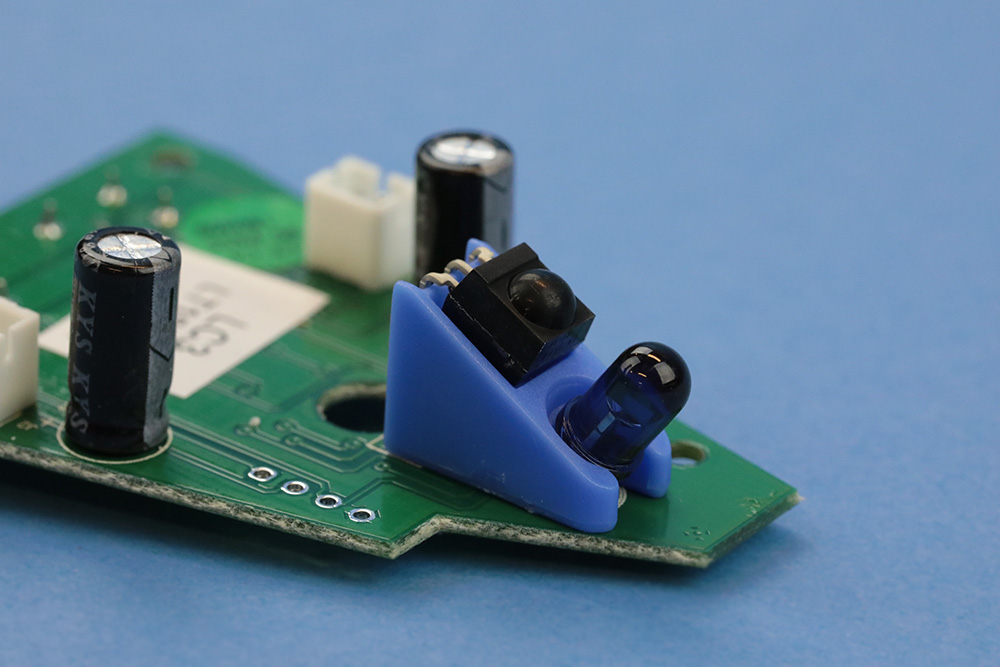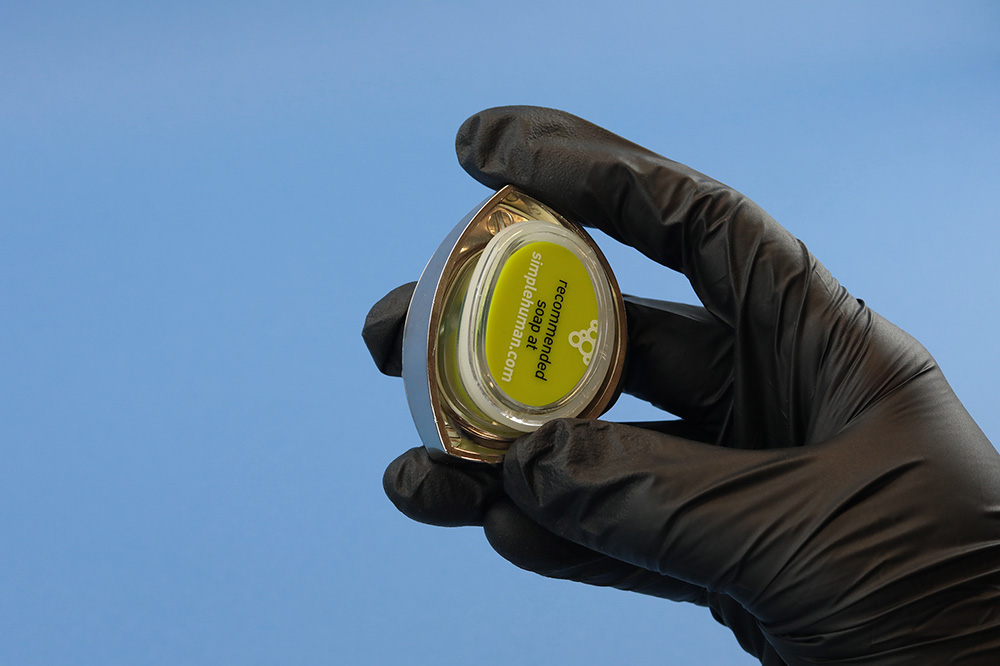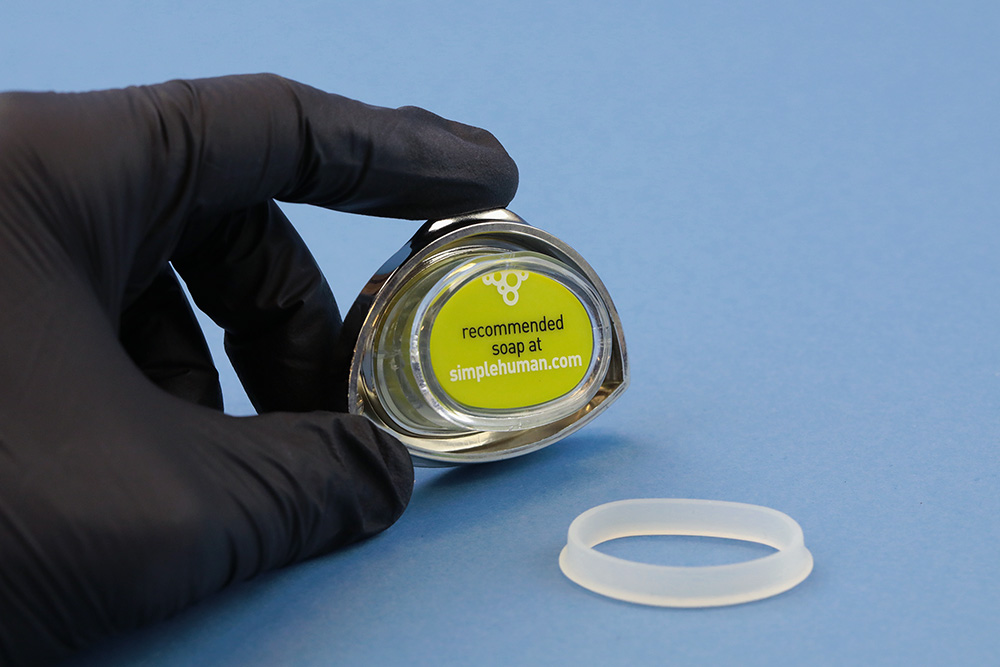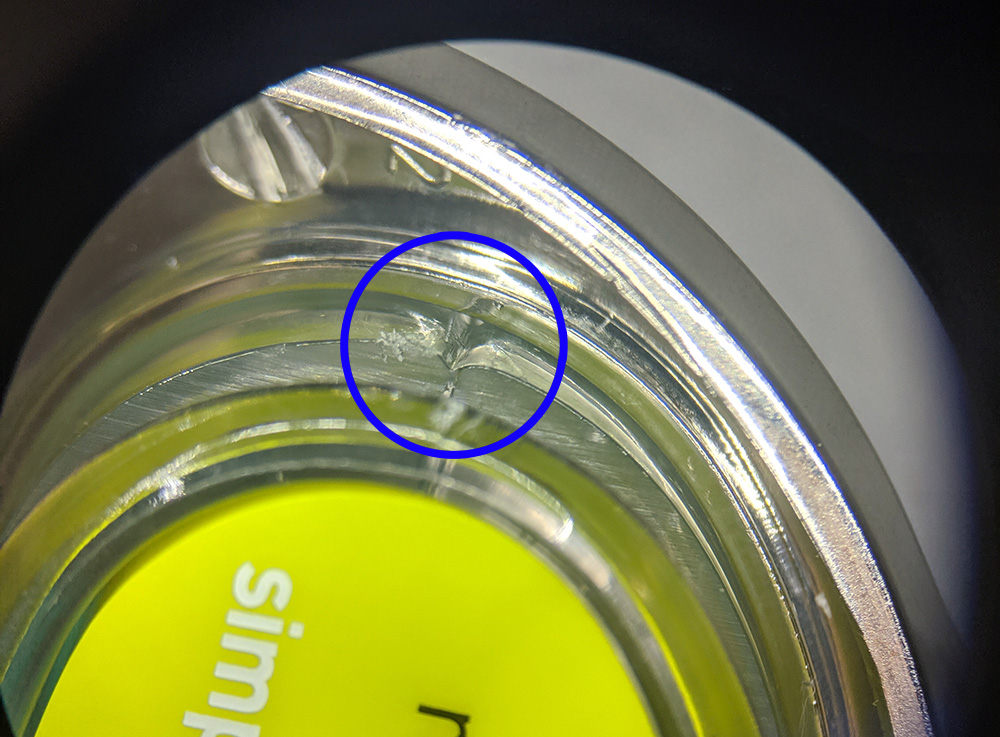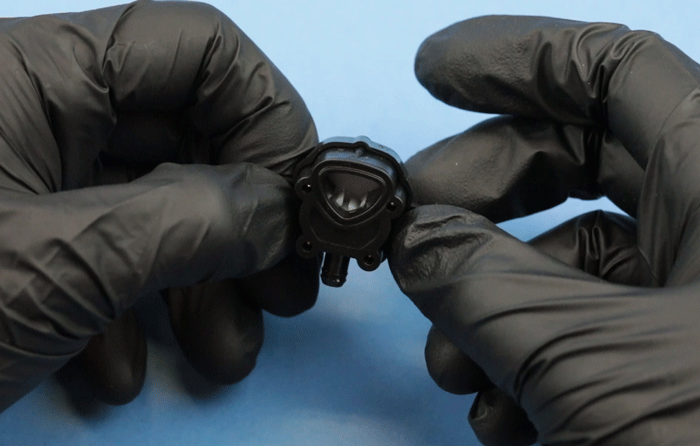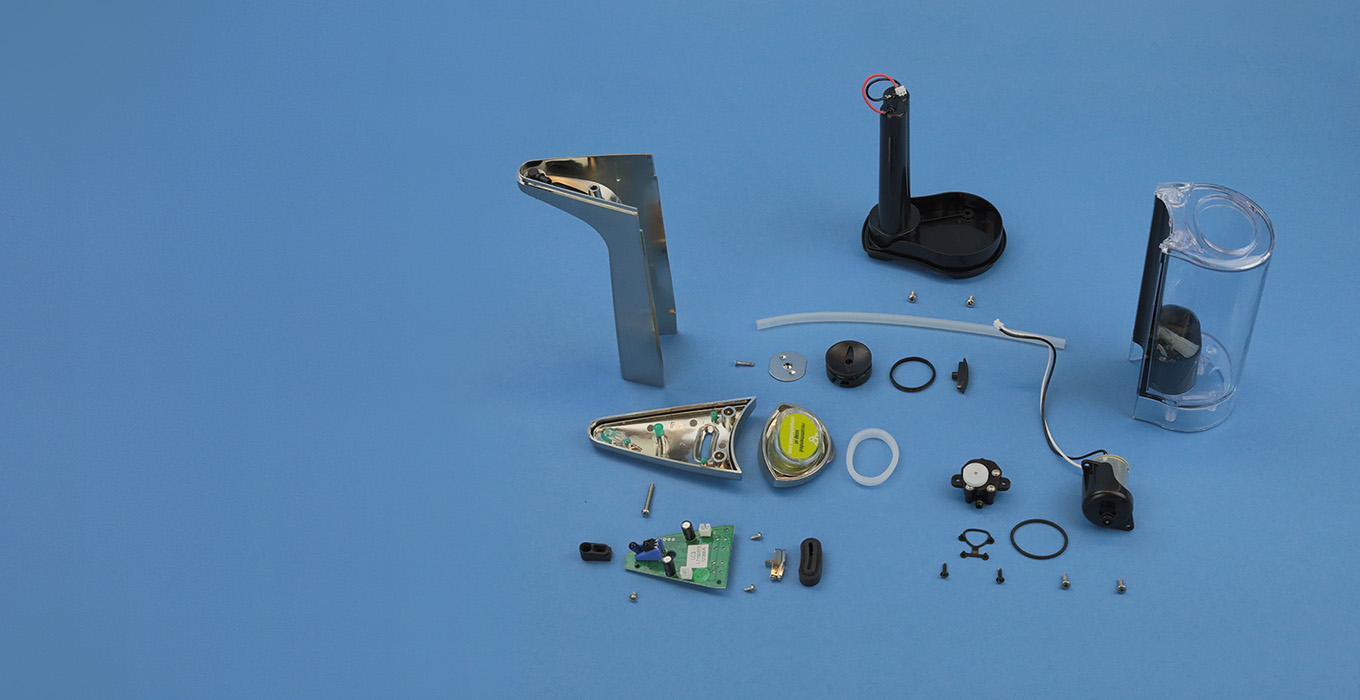
BLOG
Technical Teardown: Simplehuman Sensor Pump
written by phil tsao, former design engineer at mistywest
MistyWest’s mechanical and physics team recently put their skills to the test on a fluid dynamics project that required a low cracking pressure check valve designed to withstand harsh outdoor conditions, and allow passive draining of water. During research, we came across a family of elastomer check valves that fit the bill (or duckbill, to be precise) that are commonly used in medical and automotive applications. This discovery then reminded me of the Simplehuman sensor pumps.
I’ve been wanting to tear into one of these automatic soap dispensers for years. Taking products apart is a great opportunity to learn how engineers practice (or don’t practice) design for manufacturing (DFM), and exposes you to off-the-shelf (OTS) components that you may not have known existed. The idea of ripping apart my personal soap dispenser and potentially breaking it, however, was a large deterrent.
So we went ahead and picked one up just so we could tear it down!
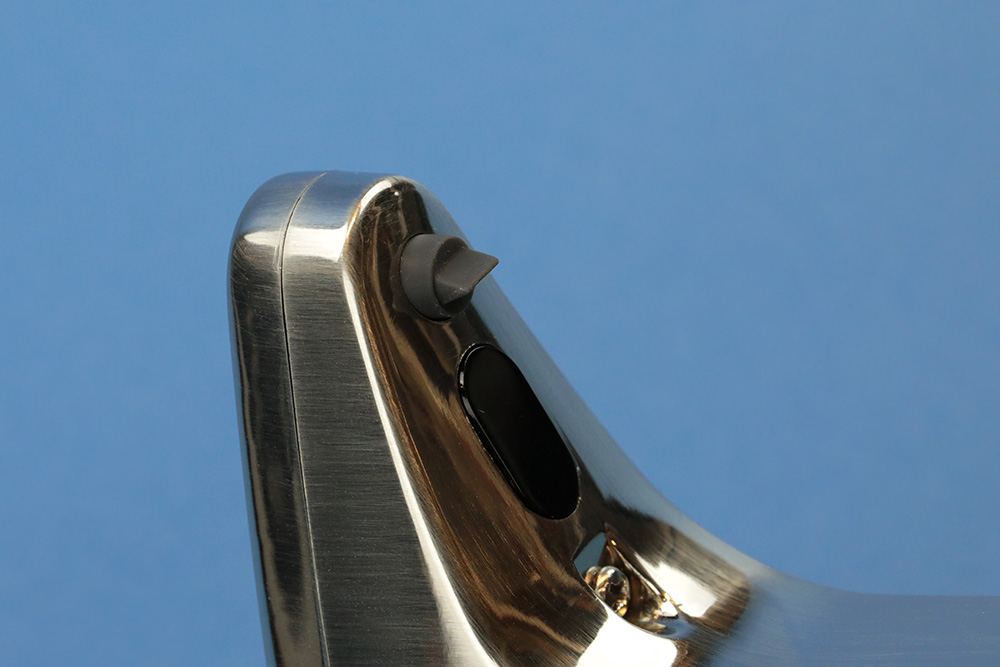
Duckbill valve on the sensor pump
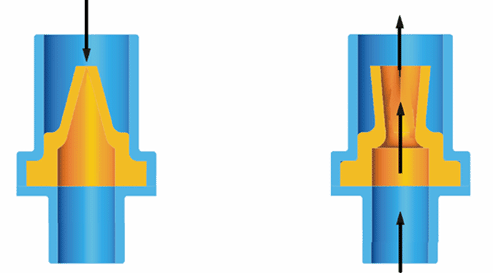
Duckbill valve operation (taken from http://www.minivalve.com)
First Impression
The Simplehuman sensor pump leaves a great first impression; it’s sleek, compact, and easy to use. It also looks like it has a low parts count, which is always good for minimizing bill of materials (BOM) cost and thus the cost to the consumer (which is only $45 USD).
There aren’t any hidden screws or welded components preventing us from opening the product; disassembling the main components of the sensor pump consists of removing only 3 screws. The simplicity of assembly is surprising, and means that the product has a high degree of serviceability as well as low assembly costs.
Taking the screws off breaks the device down into its major sub assemblies. These sub assemblies are then very straightforward to break down into further sub assemblies and components.
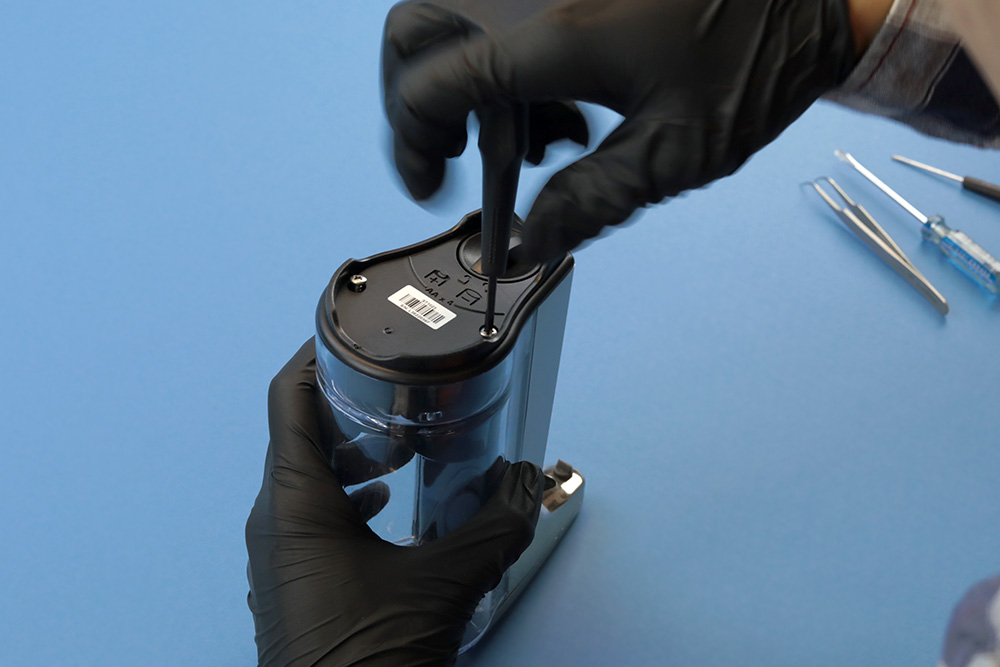
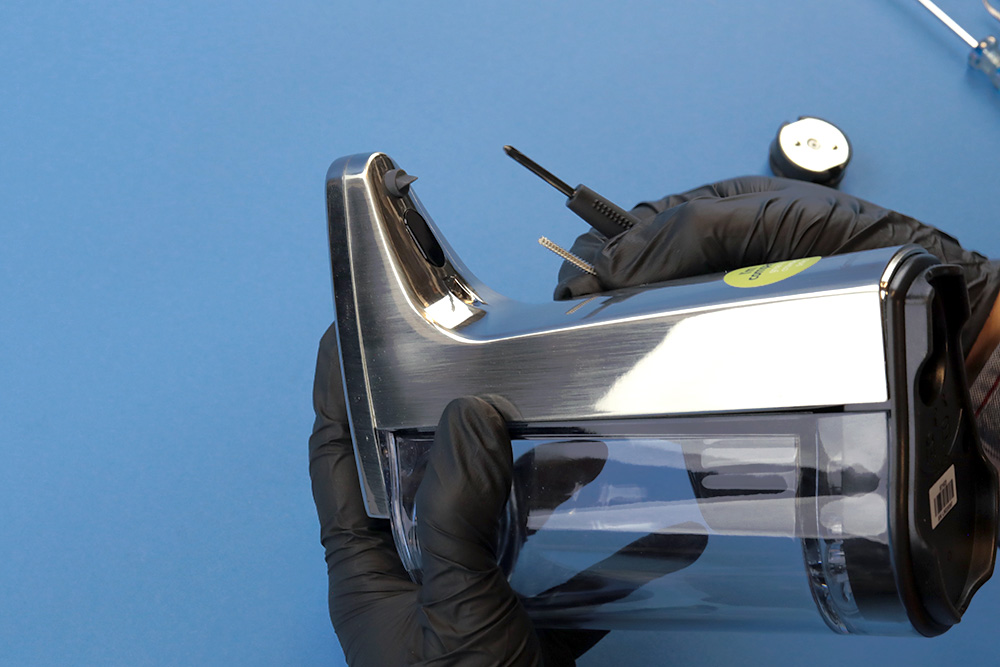
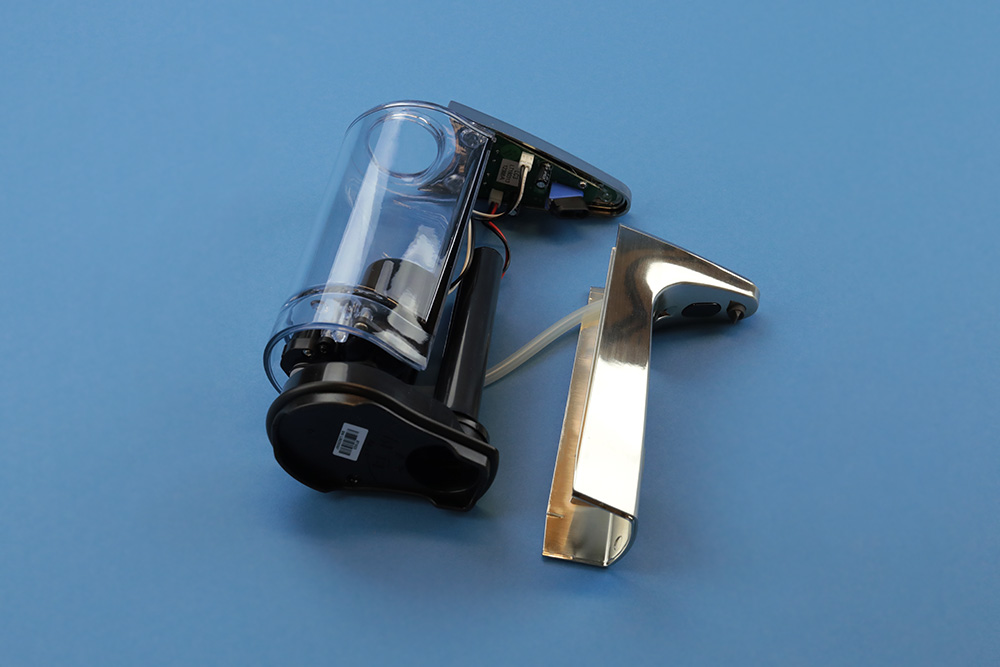
Broken down into its three main sub-assemblies
Battery Compartment
First, we investigated the battery compartment. This sub assembly houses 4 AA batteries, acts as the base for the device, and covers the internal pump mechanisms.
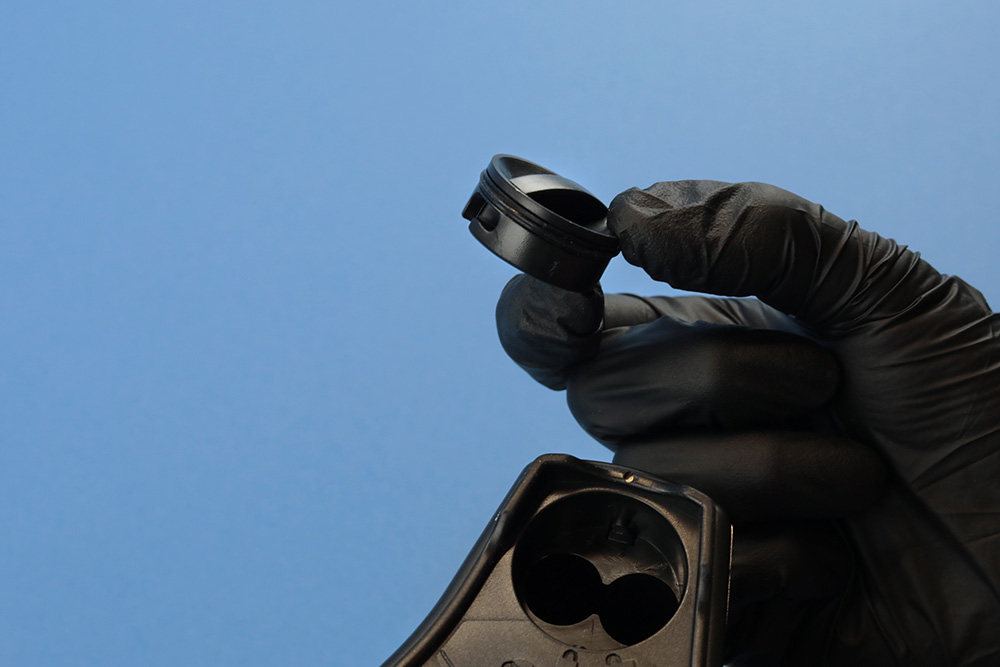
The battery compartment uses a quarter turn bayonet mechanism. The battery cover has an o-ring for water ingress and a stamped sheet metal piece for connecting the batteries in series.
There are a couple of interesting design decisions to call out on this part; bayonet mechanisms are intuitive and easy to use, however, they are more complicated to manufacture than other solutions. You can see that the bayonet pins result in undercuts on the battery compartment, making it difficult to mold without complex tooling.
To solve this, the engineers designed through holes under the pin so the part could be manufactured with only a 2 side injection mold. This is a common technique used in injection molding design, which takes advantage of parting line location in order to reduce mold complexity, and thus cost of manufacturing.
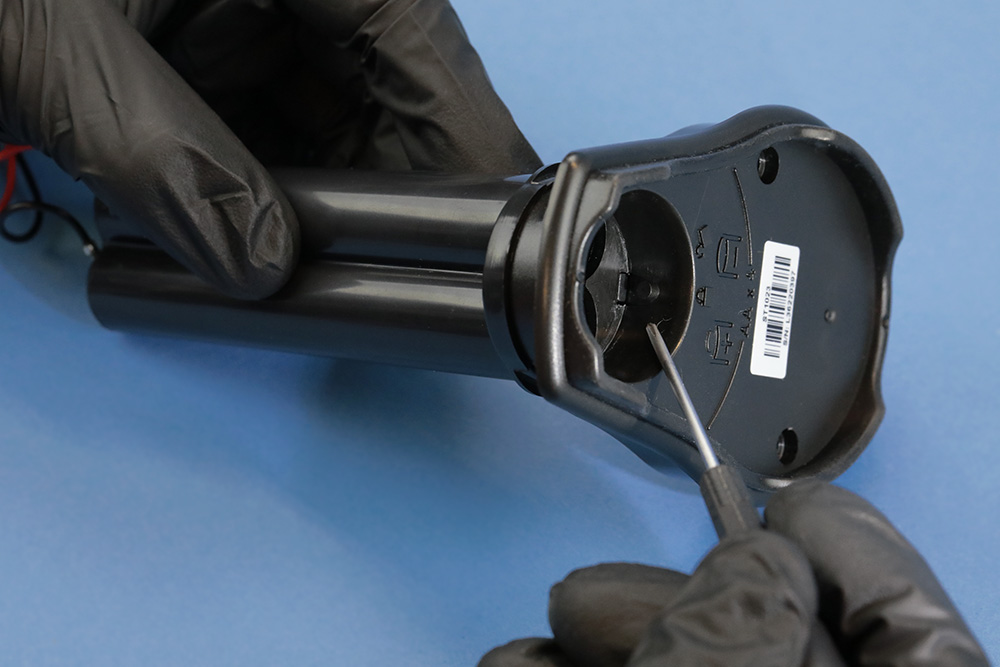
Although Simplehuman were able to have a 2-sided mold for the base, we noticed the bayonet cover itself required 4 pulls, or a mold with side actions. You can see this by looking at where the parting lines and ejector pin marks are.
The increased complexity for this cap is a tradeoff for the user experience and intuitive nature of the bayonet design. One nice touch is the overmolded rubber feet on the bottom of the base to prevent slipping and reduce vibrations and noise from the pump.
A curious design decision to call out is the finger grip being a separate part. This could have been molded into the cap itself, although the engineers and industrial designers may have decided that the usability of their design warranted an extra part.
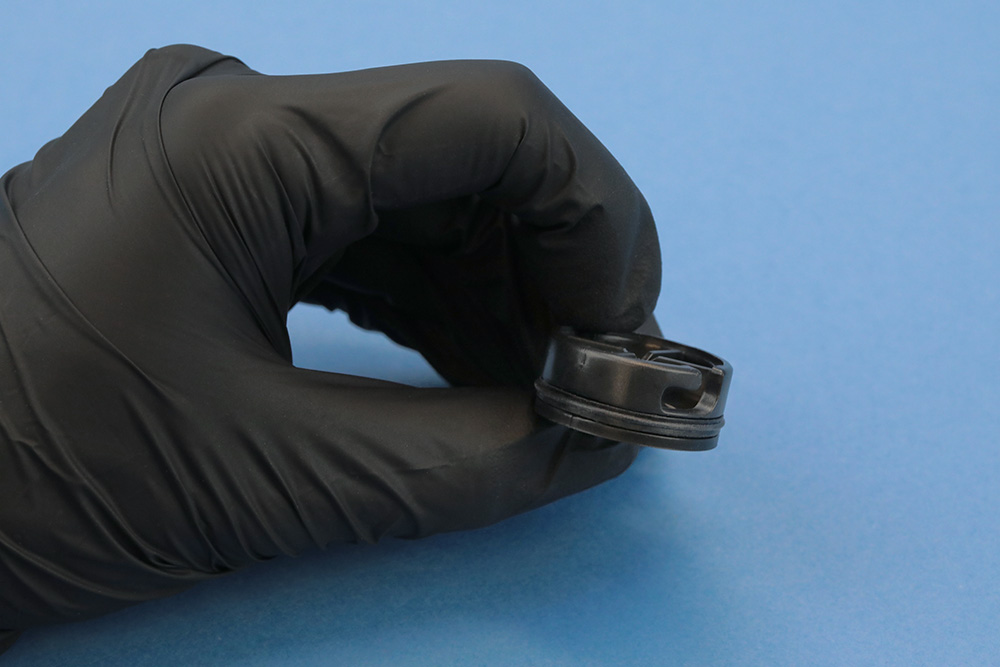
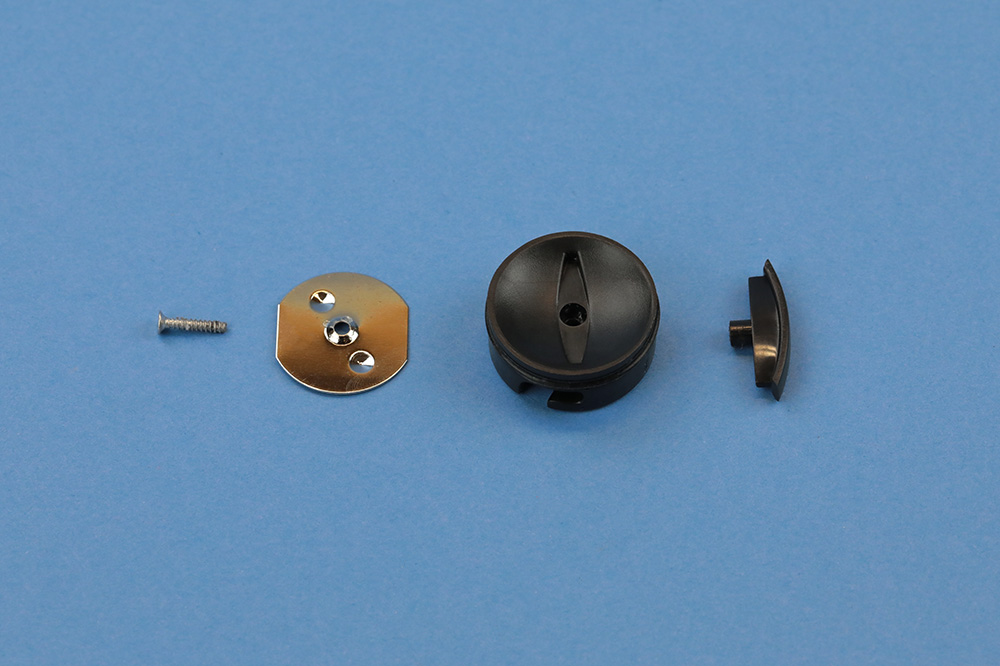
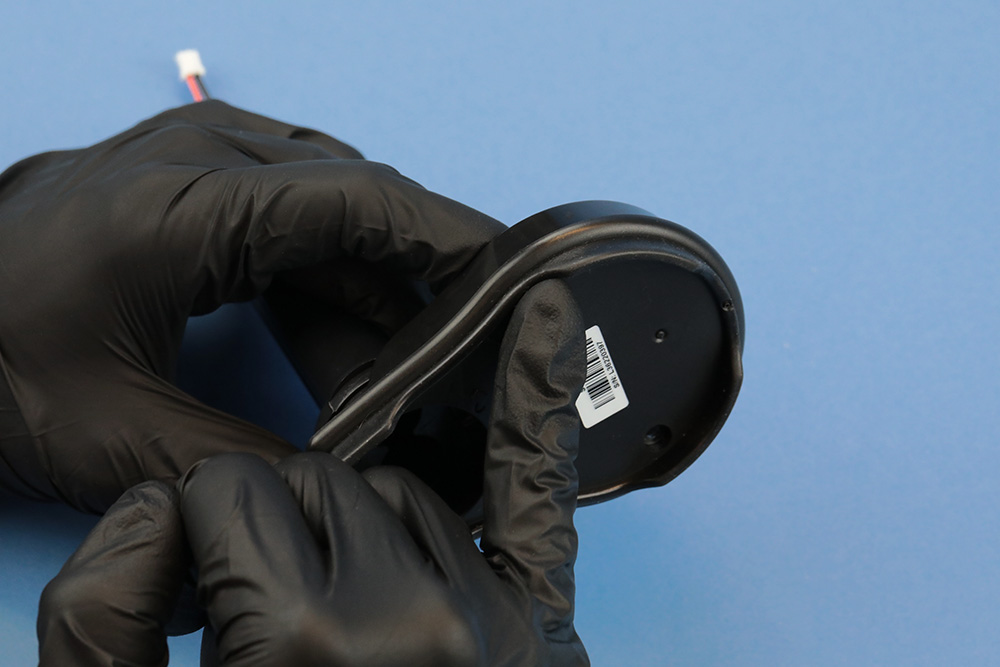
Front Cover
The front of the device isn’t particularly interesting; it’s a single molded piece which requires a side action. It has an infrared (IR) filter for the IR reflective sensor to detect hand motion/presence. It also houses the duckbill valve with a barbed fitting that gets connected to a flexible tube routed to the pump.
Brainssss
The top of the soap dispenser is where the brains are located: the electronics and the microcontroller. The PCB does not contain many components; mainly the IR reflective sensor, a PIC161F1823 microcontroller, a ZXMHC3F381N8 H-Bridge, two buttons, an LED, and some passive components.
There are a lot of subtle design details in this sub assembly that we can highlight. The first is the custom “hat” used to shield the IR photodiode from the IR LED and stray light. Second, there are several features to prevent water ingress, such as an o-ring and buttons encapsulated by a silicone gasket. A press fit light pipe allows the LED to be visible while preventing water ingress, and lastly, the electronics have been brushed with conformal coating to ensure that even if water ingress does occur, the device will still continue to operate.
All of these features show that the engineers thought long and hard about how to make this product as robust as possible while maintaining a low BOM cost.
Soap Container Cap
The soap container cap consists of four parts: the molded cap, a clear insert, a green insert and a silicone gasket.
At first glance, the number of parts in this sub-assembly seems overly complex, but our team arrived at the conclusion that the complexity is actually for an air vent, because in order for the soap to dispense properly in a sealed system there must be a vent for air.
The thin gaps in the design allow air flow but maintain a leak proof design thanks to the surface tension and viscosity of soap. If we look very closely under the microscope we can actually see a vent hole (we’ve confirmed this feature exists against 2 units and does not seem to be the result of a parting line or flashing).
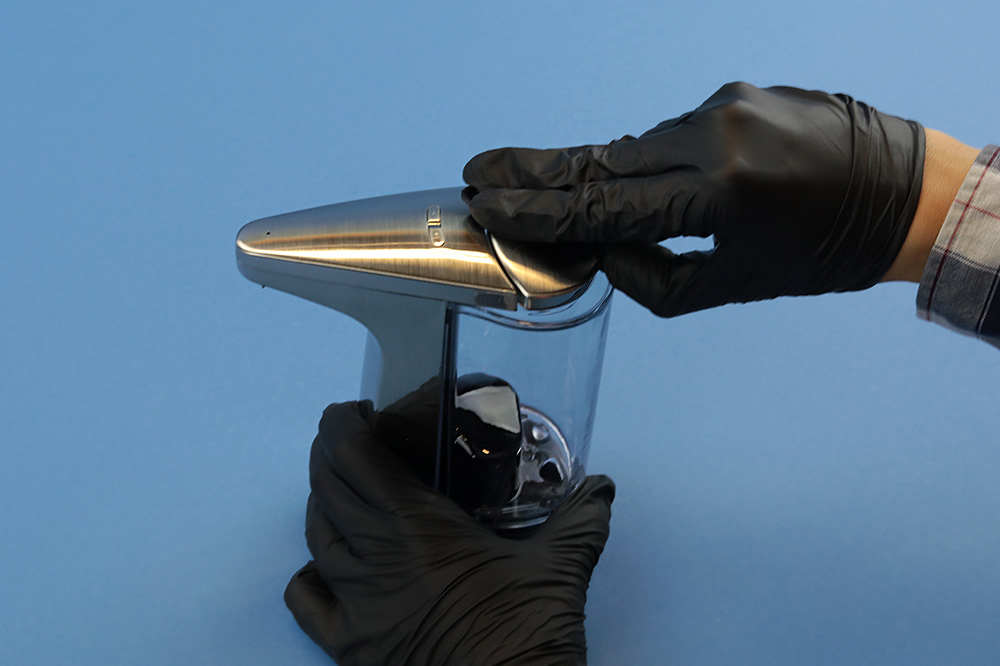
Popping off the cap – there’s a nice feature designed into the cap for gripping with your finger
The Pump
At the heart of the soap pump, there’s a low cost DC motor which drives a positive displacement gear pump using a pulley drive mechanism that appears to be a simple OTS o-ring.
There is a custom gasket which seals the gear pump, and a rubber washer where the DC motor is mounted, which reduces vibrations and noise when coupled with the rubber feet at the base.
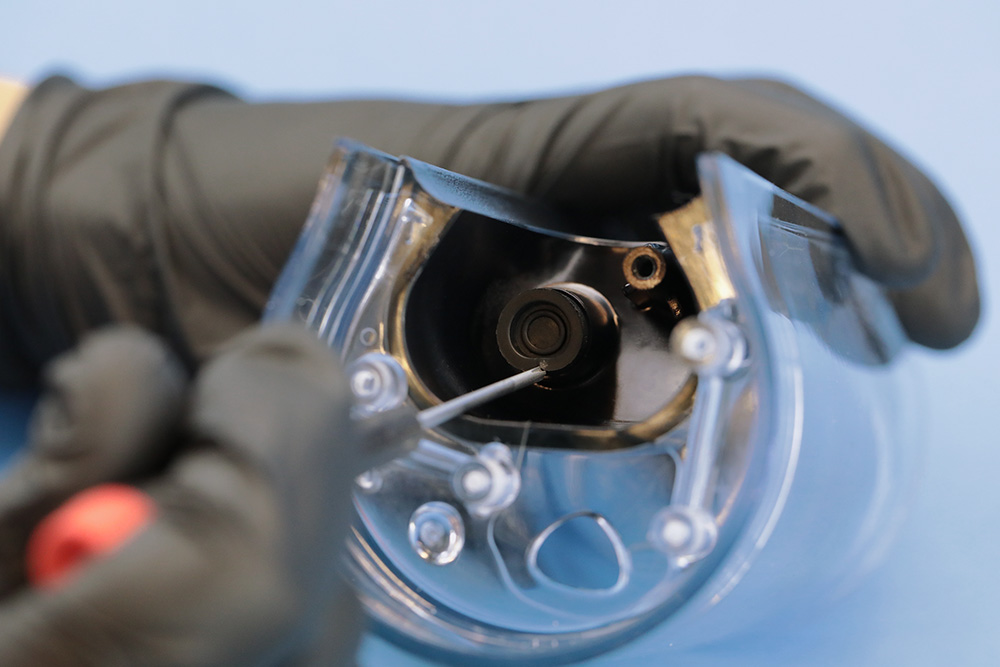
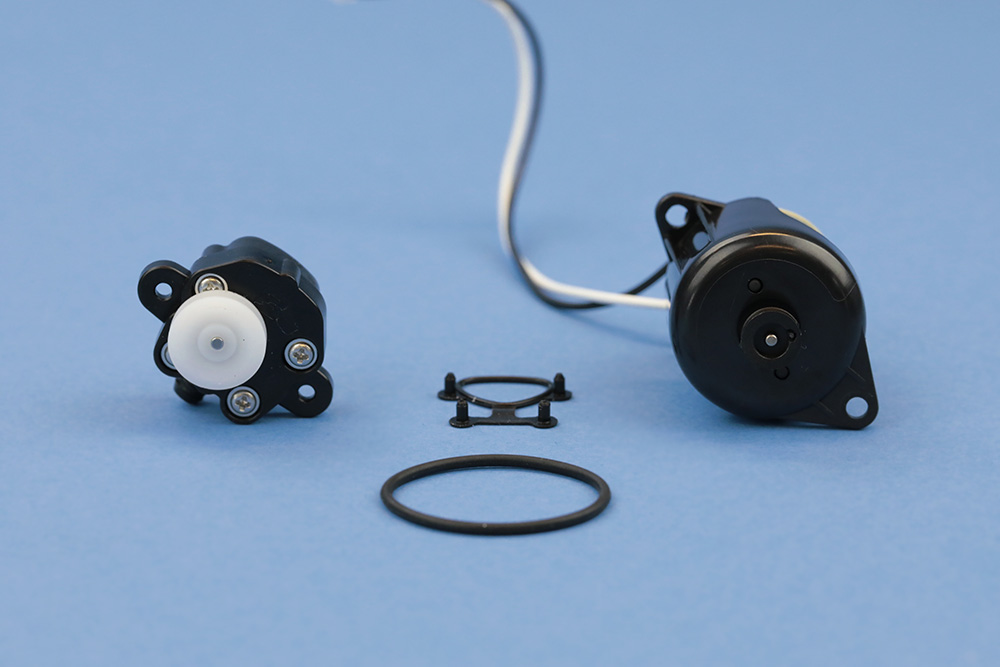
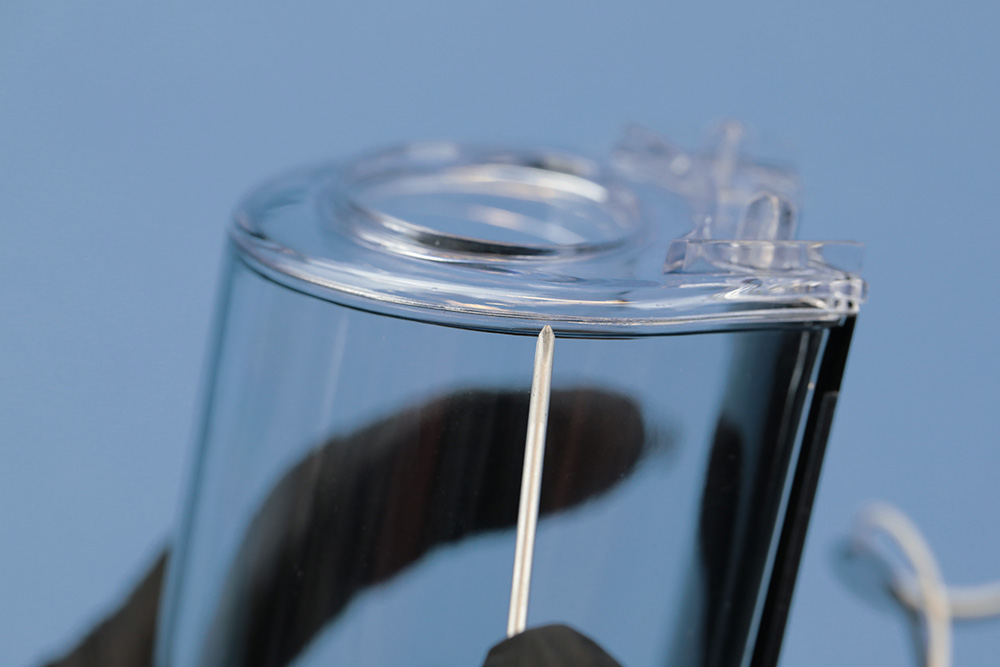
This top piece is a separate part that’s ultrasonically welded
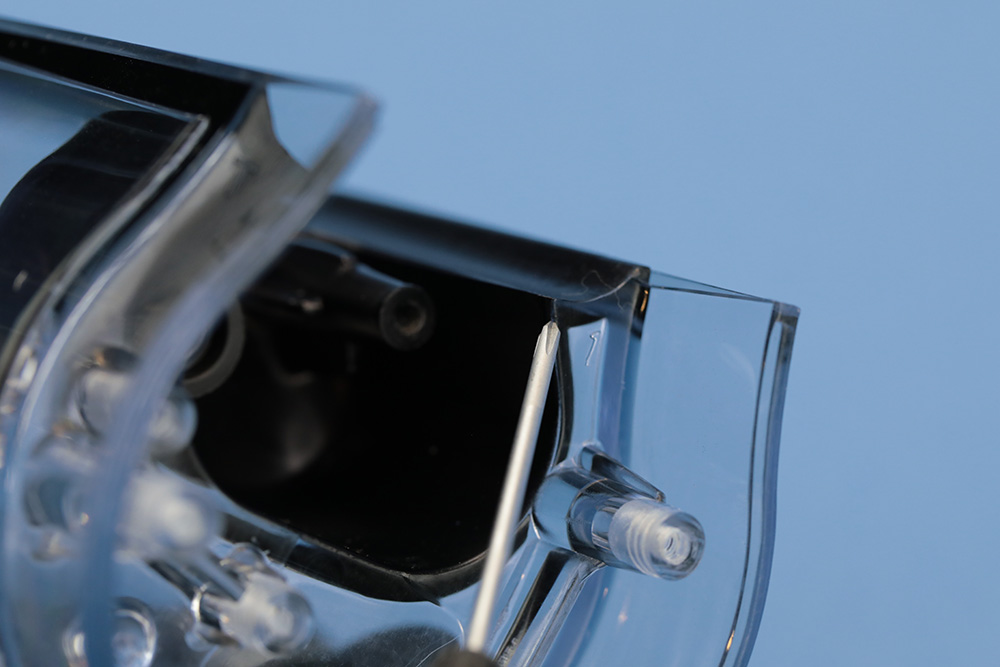
This face is painted to reduce false triggering of the IR reflective sensor, you can also see the bosses used for mounting of the motor and gear pump
Conclusion
We are very impressed by the design of the Simplehuman Sensor Pump. It’s very difficult to design a product that works well, minimizes parts count, has a low BOM cost and has so much attention to detail in the design. This product was clearly well thought out and is a perfect example of great engineering in a consumer product.
Photography by Denis Godin.
